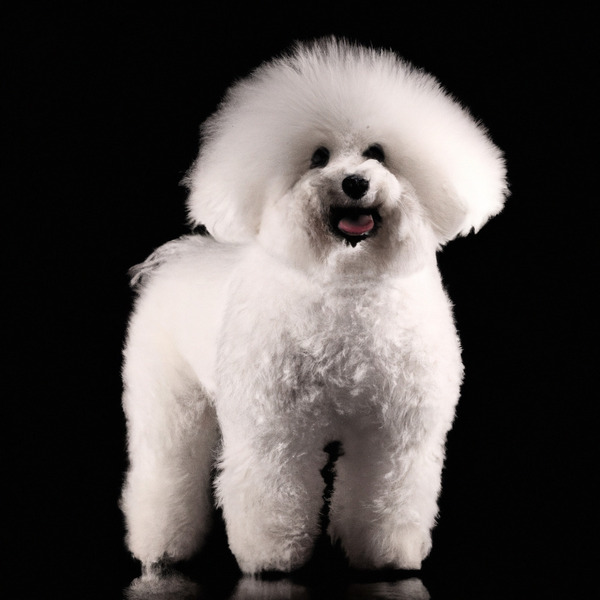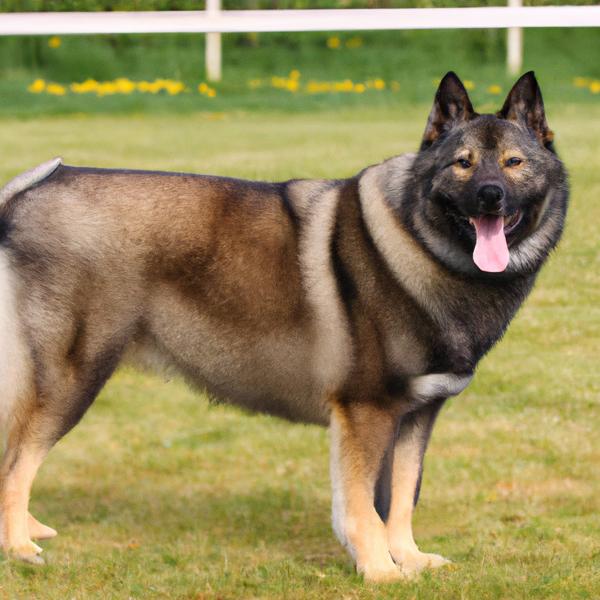Bolognese vs. Norwegian Elkhound: Breed Differences and Similarities
Hypoallergenic
Are Bologneses or Norwegian Elkhounds hypoallergenic, or neither?
While no dogs are truly 100% hypoallergenic, Bologneses are about as close as it gets, making them an ideal pet if you are an allergy sufferer.
Unfortunately, the Norwegian Elkhound is not hypoallergenic, making it not a good choice for a dog lover who suffers from pet allergies.
Watchdog Ability
Which dog breed makes a better watchdog, the Bolognese or Norwegian Elkhound?
Bologneses make excellent watchdogs - they're vocal and protective of their territory.
Choose a Norwegian Elkhound if you want a top-notch watchdog. This breed takes guarding seriously, and may not require much training, though obedience or guard dog training can improve their skills.
Origin
What is the origin of Bolognese and Norwegian Elkhound dog breeds?
Italy
Norway
Ancestry
What are the origins of Bolognese and Norwegian Elkhound breeds?
Bichon Frise, Maltese
northern spitz
Date of Birth
When were Bolognese and Norwegian Elkhound breeds first developed?
1200s
500 BC
Eye Color Possibilites
What are the eye colors of Bolognese and Norwegian Elkhound dogs?
Brown
Brown
Nose Color Possibilites
What are the natural nose colors of Bolognese and Norwegian Elkhound?
Black
Black
Coat Color Possibilites
What are the natural colors of the coat for Bolognese and Norwegian Elkhound breeds?
White
Gray
Silver
Coat Length
What is the typical coat length for Bolognese and Norwegian Elkhound breeds?
Bologneses are known for their coat length.
Norwegian Elkhounds have medium-length coats.
Coat Density
What is the density of the coat of Bolognese and Norwegian Elkhound?
Coat Texture
What is the hair texture of Bolognese and Norwegian Elkhound?
Curly
Straight
Litter Size
What is the usual litter size for Bolognese and Norwegian Elkhound?
A Bolognese can have a litter of 12-14 puppies on average. However, it's worth noting that the size of the litters can vary greatly. Factors that can influence litter size include the health of the mother, breeding history, and genetics.
A Norwegian Elkhound can have a litter of 10-12 puppies on average. However, it's worth noting that the size of the litters can vary greatly. Factors that can influence litter size include the health of the mother, breeding history, and genetics.
Major Concerns
What are the major health concerns for Bolognese and Norwegian Elkhound breeds?
Patellar Luxation
Progressive Retinal Atrophy
Cataracts
Hip Dysplasia
Legg-Calve-Perthes Disease
Hip Dysplasia
Minor Concerns
What minor health issues should be kept in mind when owning Bolognese and Norwegian Elkhound?
Otitis Externa
Allergies
Progressive Retinal Atrophy
Sebaceous Adenitis
Pyotraumatic Dermatitis
Hypothyroidism
Occasional Tests
What occasional tests are recommended for Bolognese and Norwegian Elkhound breeds?
Eye
Hip
X-Rays
Eye Examination
Dental Examination
Eye
Hip
Thyroid Tests
X-Rays
Eye Examination
Physical Examination
Energy
How do the energy levels of Bologneses and Norwegian Elkhounds compare?
Bologneses' high energy levels make them unsuitable for a low-key dog, choose accordingly.
Norwegian Elkhounds thrive on an active lifestyle due to their high-energy nature.
Exercise Needed
Bolognese vs Norwegian Elkhound exercise need comparison.
The Bolognese and Norwegian Elkhound breeds need significant physical activity to maintain a healthy lifestyle. They are well-suited for those who lead an active lifestyle and enjoy activities such as running, hiking, or other outdoor pursuits.
Tendency to Bark
Do Bologneses or Norwegian Elkhounds bark more/less frequently?
Bologneses bark moderately when necessary and may also bark due to certain triggers like fear, alarm, boredom, greeting, separation anxiety and compulsive barking.
Norwegian Elkhound dogs bark and howl frequently and are not recommended for quiet homes.
Past times
What are some enjoyable activities and ways to keep Bolognese and Norwegian Elkhound entertained?
Sniffing, Going Outside, Watching TV, Swimming, Hanging out, Playing fetch, Walking, Grooming
Trailing, Hiking
Activity Level
Which breed has higher energy, Bologneses or Norwegian Elkhounds?
Both Bolognese and Norwegian Elkhound are medium-energy dogs that enjoy socializing and playing with other dogs. They may engage in casual or sustained games of chase, and occasionally have bursts of barking or racing around the house.
Walks per Week
How many miles should Bolognese or Norwegian Elkhound walk each week?
There's really no limit to how far you walk your dog as long as they're comfortable. For Bolognese, it's at least 7 miles / week. Just remember to build distance and stamina gradually over time.
There's really no limit to how far you walk your dog as long as they're comfortable. For Norwegian Elkhound, it's at least 8 miles / week. Just remember to build distance and stamina gradually over time.
Activity per Day
Do Bologneses or Norwegian Elkhounds require more exercise?
In general most Bologneses usually need at least 60 minutes of exercise daily. This can be spread across the day and include all sorts of high-energy activities, like walking, running and playing.
In general most Norwegian Elkhounds usually need at least 45 minutes of exercise daily. This can be spread across the day and include all sorts of high-energy activities, like walking, running and playing.
Grooming
Which breed is easier to maintain in terms of grooming, Bologneses or Norwegian Elkhounds?
The Bolognese is a low-maintenance breed that doesn't require much grooming.
The Norwegian Elkhound requires an average amount of grooming compared to other breeds.
Brushing Frequency
What is the recommended brushing frequency for Bolognese and Norwegian Elkhound dogs?
Ideally, Bolognese should be brushed at least 2 or 3 times a week (preferably daily) improve shedding.
Norwegian Elkhound should be brushed at least once a week. Of course you can give them more frequent brushes if you find that they are still shedding a lot
Brushing Tools
What brushing tools are used for Bologneses and Norwegian Elkhounds?
Pin Brush
Comb
Clipper
Nail Clipper
Slicker Brush
Comb
Deshedder
Nail Clipper
Cups
How much food should be given to Bolognese or Norwegian Elkhound in cups?
For an average 5-10 pound (2 - 5 kg) Bolognese feed 1 cups daily. But, keep in mind, the amount you feed is going to be dependent on the quality of the food you are feeding.
For an average 48-55 pound (22 - 25 kg) Norwegian Elkhound feed 2.5 cups daily. But, keep in mind, the amount you feed is going to be dependent on the quality of the food you are feeding.
Daily Cost
Which breed has a higher daily cost, Bolognese or Norwegian Elkhound?
The average cost of a Bolognese is somewhere $1.10 - $1.40 per day.
The average cost of a Norwegian Elkhound is somewhere $1.70 - $2.00 per day.
Monthly Cost
Which breed has a higher monthly cost, Bolognese or Norwegian Elkhound?
The average per month expenses of a Bolognese is between $28 - $42. This makes an average of $336 - $504 per year. It will be on the higher side when the dog is still small because it will need more frequent visits to the vet, shots.
The average per month expenses of a Norwegian Elkhound is between $48 - $63. This makes an average of $576 - $756 per year. It will be on the higher side when the dog is still small because it will need more frequent visits to the vet, shots.
Intelligence
Comparing Intelligence: Bologneses vs Norwegian Elkhounds
Bolognese is highly intelligent and very trainable.
Norwegian Elkhound is a very intelligent and trainable breed.
Affection Dependance
Which is the more affectionate dog breed: Bolognese vs Norwegian Elkhound?
Dog Friendly
Which breed is more sociable with other dogs: Bolognese or Norwegian Elkhound?
{Bologneses and Norwegian Elkhounds are average friendly towards other dogs. If they are raised with other dogs, they are likely to get along with them. And, if they are socialized properly from a young age, they will usually be great with other dogs.
Playfulness
Which breed is more playful between Bolognese and Norwegian Elkhound?
Bolognese and Norwegian Elkhound have an average level of playfulness. Like other dogs, they enjoy playing, but they are not the most playful dog breed.
Trainability
How do the trainability levels of Bologneses and Norwegian Elkhounds compare?
Bologneses are usually easy to train but require consistency to fully obey commands.
Norwegian Elkhounds are popular for their ease of training and quick learning ability.
Compare Bolognese with other breeds
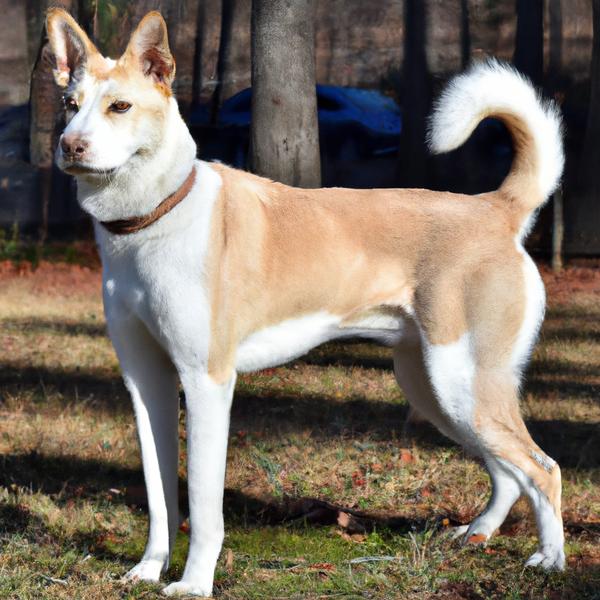
Canaan
Bolognese vs Canaan
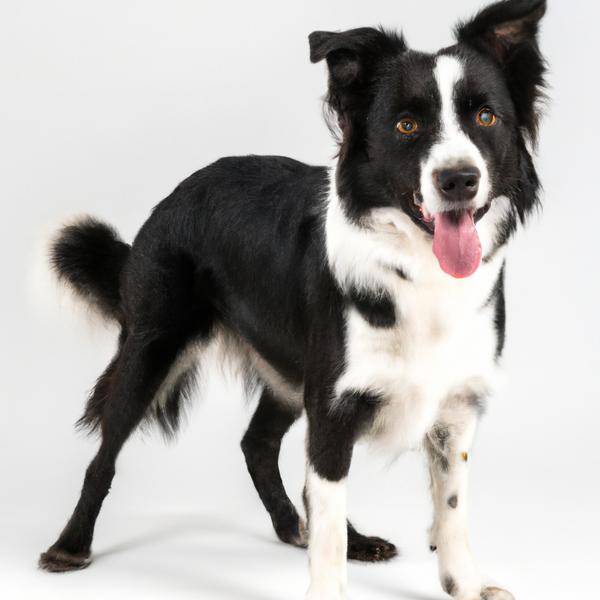
Border Point
Bolognese vs Border Point
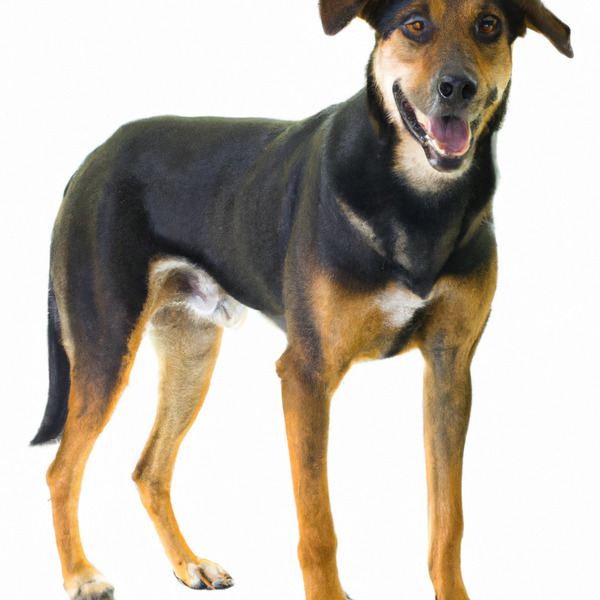
Huntaway
Bolognese vs Huntaway
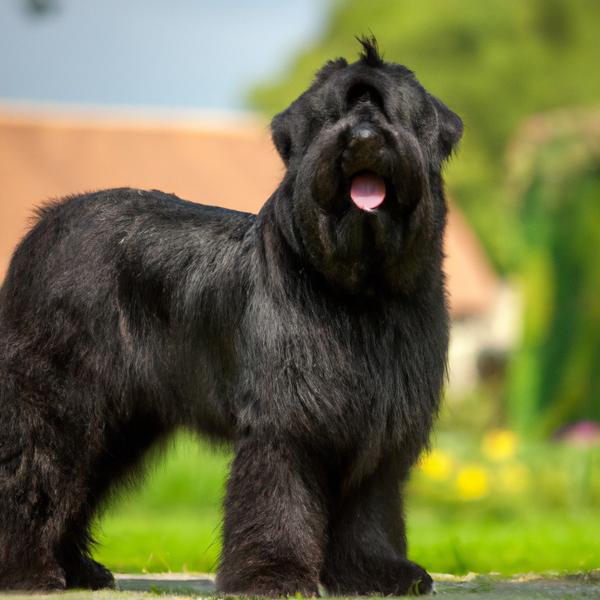
Giant Bolonauzer
Bolognese vs Giant Bolonauzer
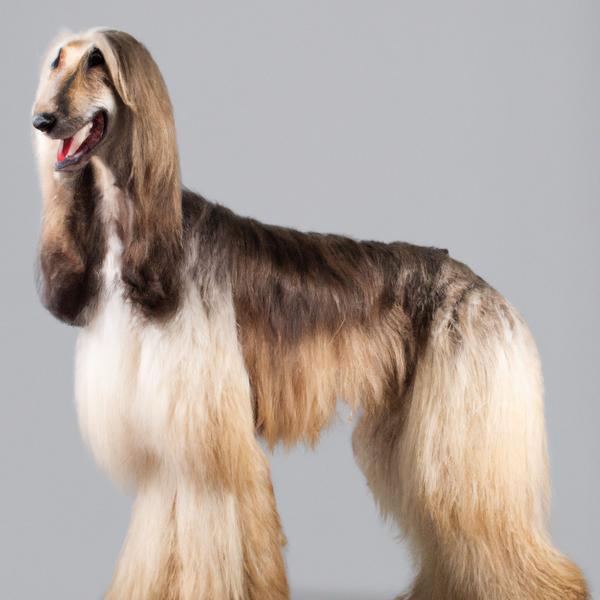
Afghan Hound
Bolognese vs Afghan Hound
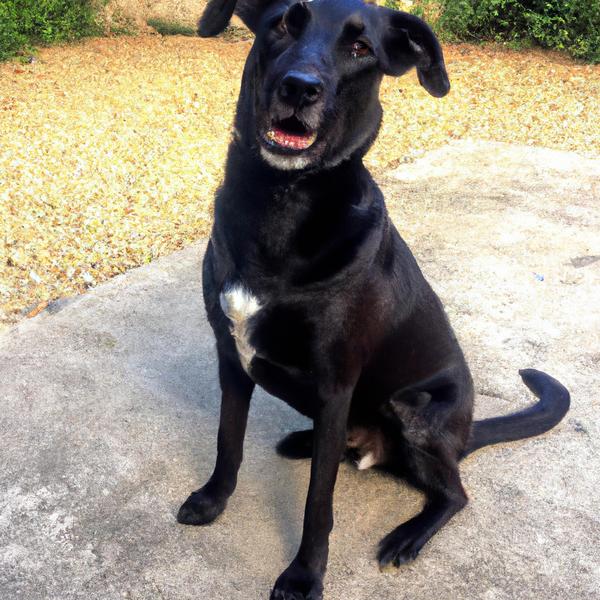
Labollie
Bolognese vs Labollie
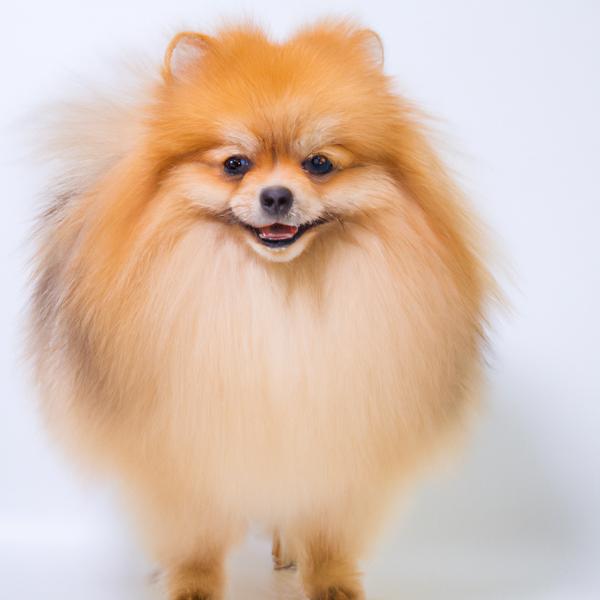
Pom-Kee
Bolognese vs Pom-Kee
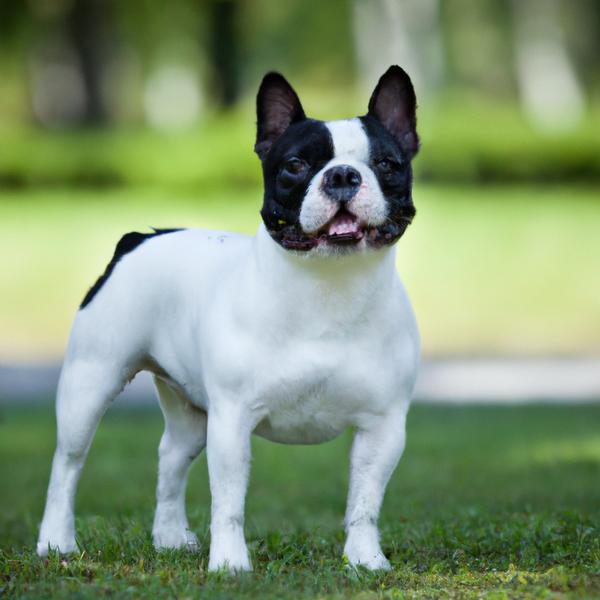
American French Bull Terrier
Bolognese vs American French Bull Terrier
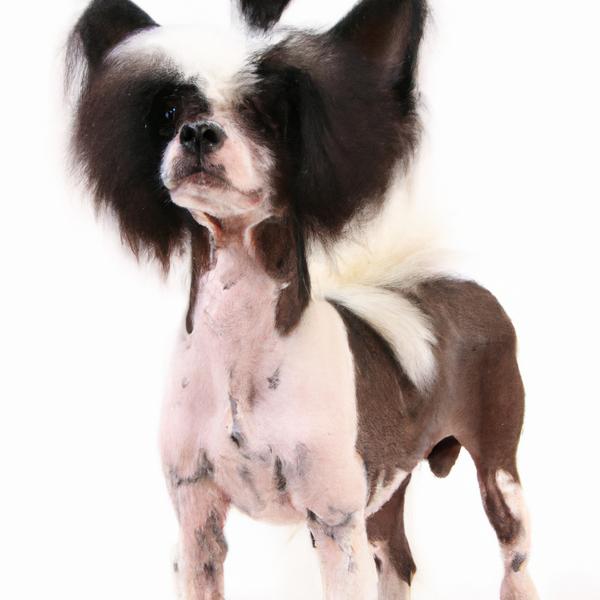
Peruvian Inca Orchid
Bolognese vs Peruvian Inca Orchid
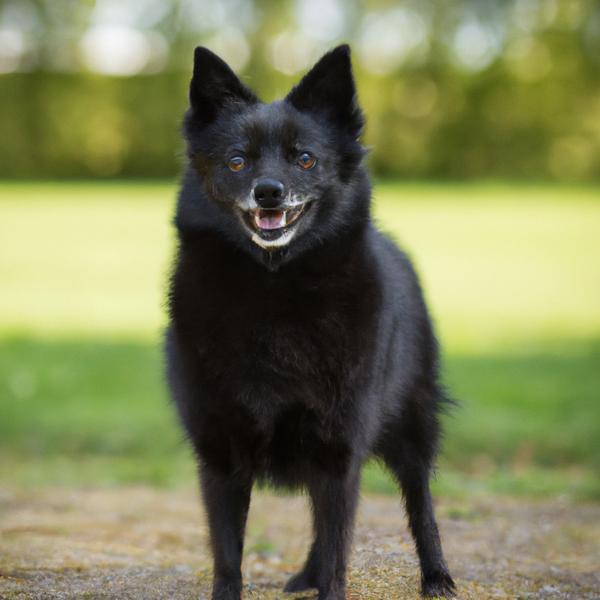
Schipperke
Bolognese vs Schipperke
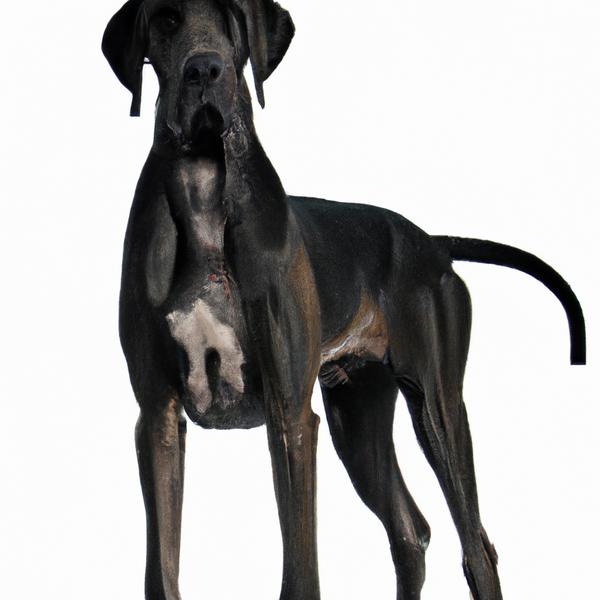
Cortese
Bolognese vs Cortese
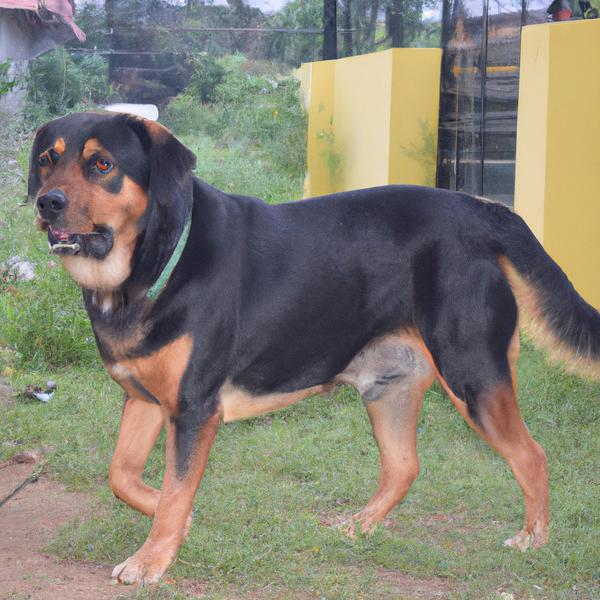
Reagle
Bolognese vs Reagle
